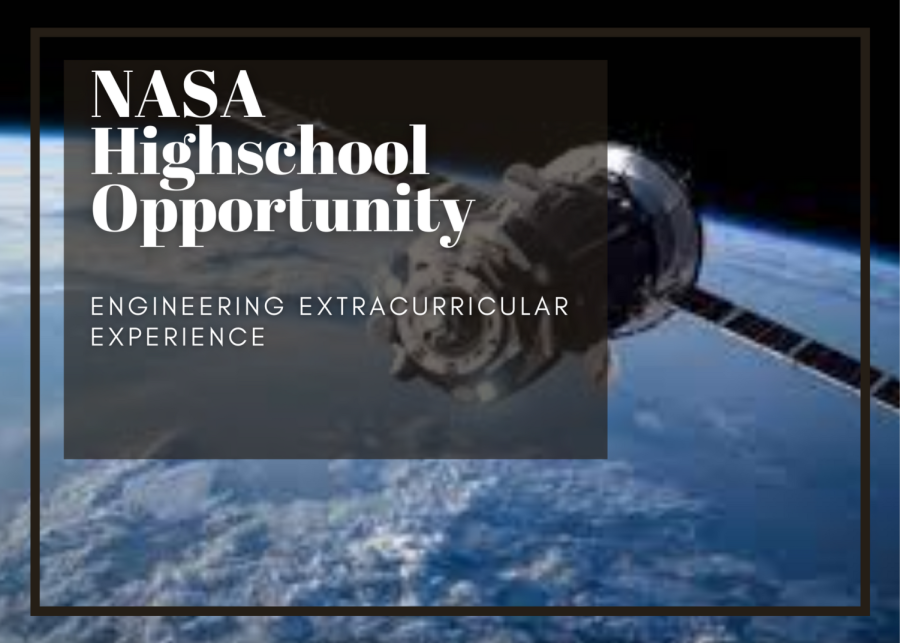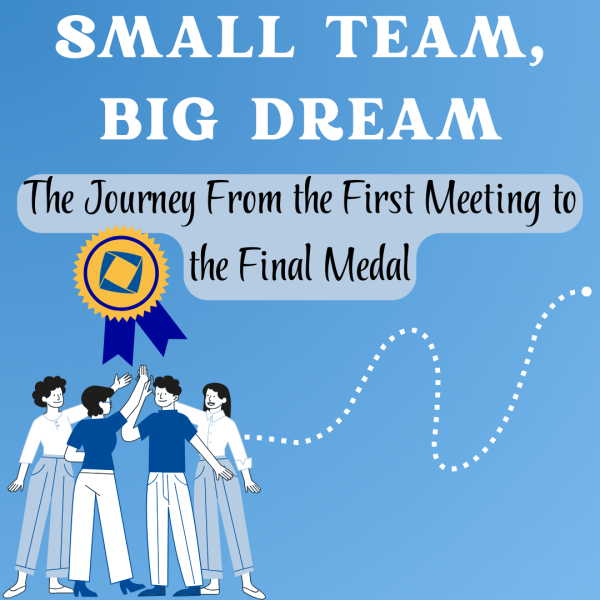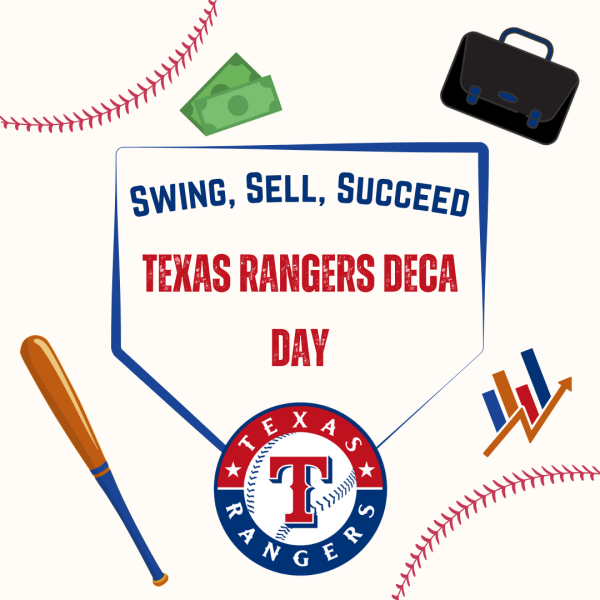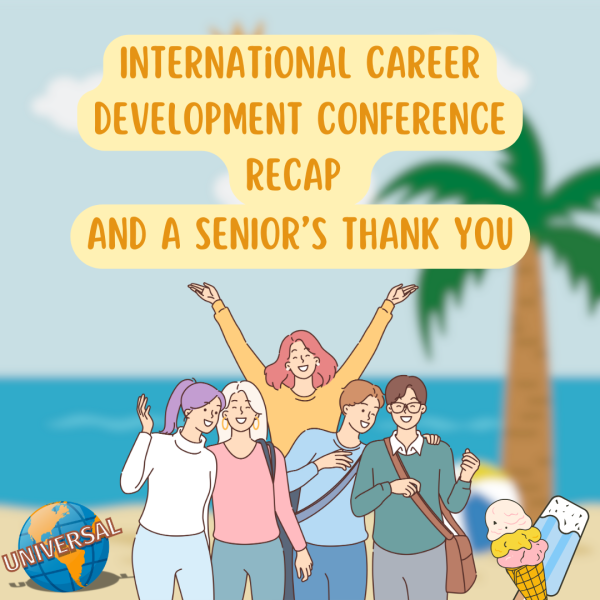CALLING ALL FUTURE ENGINEERS: NASA HIGH SCHOOL AEROSPACE SCHOLARS
Considering Engineering? Here is a Year-Long NASA Program for High School Juniors
When looking for opportunities to explore my interests in engineering, I randomly received an email from our wonderful school counselor, Ms. Miller, with an amazing opportunity that greatly aligned with my interests. This program, facilitated by NASA, teaches its participants about all aspects of engineering, rather than just aerospace engineering. Therefore, no matter if you want to be a software, mechanical, chemical, or industrial engineer, you should consider applying to this program.
Through this program, high school juniors will begin an online course with four modules and four assignments in each module that encompasses a basis of each of the following: Science, Technology, Engineering, and Math. After successful completion of all assignments in the course, participants will have a chance to participate in a gamified experience called, “Moonshot.” In this experience, students will be paired with nine to ten of their other peers to complete a series of challenges. Depending on the results of their performance, two teams will be picked to visit the NASA Johnson Space Center in Houston, Texas during the summer! This will open up many opportunities, such as internships, scholarships, and possible job opportunities for the future.
As mentioned previously, the online course in Canvas will include four modules with four major assignments alongside a test at the end of each module about material learned throughout the course. Additionally, each module will have a particular focus, such as getting to the destination, discovering it, working there, or living there.
Module 1
In the first module called “Getting There,” the focus of the activities was on getting to the surface of Mars. The activities included discussing innovative technologies, performing complex equations to find the position of a space shuttle, writing a research essay, and designing a 3D spacecraft with CAD. For the first assignment, we had to watch a few short videos about different unique technologies, out of which we were told to pick our favorite to write a discussion post about while also responding to two other participants. I picked the video about the gecko gripper, which was essentially about using the same concepts that geckos use to stick to surfaces which are explained by Van Der Waals Force which will be talked about in the program. These forces were then applied to design spacecraft adhesives that would allow different parts of the spacecraft to stick together and take the place of previous adhesives which had some major faults. Additionally, in the second activity, we were given a worksheet specific to NASA which had a few sheets of paper worth of equations that we had to use trigonometry and coordinates given to us to solve. We used these calculations to then determine the position of a specific aircraft above the earth. In activity three, we were told to research a specific place on either Earth or in space and then were instructed to write about and find information by using a specific spacecraft that would survey that specific area. In the last activity for module 1, we were told to design our very own 3D Satellite, as depicted below. This satellite is supposed to have specific features that would help us understand the basics of design when it comes to engineering. Although it looks and sounds simple, this activity was by far the most complex in this module.
Module 2
In the next module, we had four more activities that focused on discovering the surfaces of both the moon and mars. One of the activities in this “Discovering There” module included designing a 3D tool that would meet a specific need for astronauts in the International Space Station (ISS). For this project, we had to construct a tool that met specific requirements for its length, height, and volume size. Additionally, we had to write an essay describing our design and back it up with research from multiple sources. Another activity in this module included recording and editing a video explaining our research about a specific technology from the NASA website. Additionally, the other two activities were focused on getting to the moon and mars and included calculating how far specific meteors and asteroids are from Earth and finding a specific landing point on Mars that has evidence of water once being on the surface. This module’s due date was January 13th which gave us more time due to the holidays.
Module 3
Module 3 was even more challenging than the previous two modules and focused on living on Mars. In this Module called “Living There,” for the math activity, we calculated the probability of there being other planets with life forms that have evolved into advanced societies like the one that we have on Earth. We were told to research hypothetical numbers and look at the climates of planets within our solar system. This would give us a reference as to where extreme organisms from Earth would be able to live outside of our planet within the solar system, which would allow us to further predict the probability of other possible life forms with advanced technology present in other solar systems. We also had an engineering activity for which we had to design and build a zip line that would carry a marble down in a cup and then release it onto a target placed on the ground. In addition to building this, we had to supplement it with an essay/description about our engineering process and the challenges we faced and overcame. Lastly, we had an assignment where we explored the technologies that are used in everyday life which were made possible by the NASA Apollo missions.
Module 4
In module 4, called “Working There,” we had to complete a coding course with ten different problem-solving assignments. Since this module was focused more on “working there,” there being Mars, we had assignments that were more so geared towards work that included the use of specific research and skillsets. For the math activity, we had to calculate the surface area of different models of airplanes. As for the other two remaining assignments, we had to pick an aircraft, use an app to view it in our own living space (with AR), and then write about our discoveries. We also had to find different fans and blotches that can be seen on the surface of Mars to then analyze and track how many were in each of the photos given to help with NASA’s research about wind conditions on Mars. This is a community research project, and anyone can contribute. Click here to learn more.
After the Online Course
After successfully completing the course, students will be invited to participate in Moonshot, where participants will be put in teams of either nine or ten to compete against one another in the summer. This part will take place in the summer and will therefore not be discussed in this article.
Overall, I think that NASA’s High School Aerospace Scholars Program is undeniably the best for Juniors in Texas that are interested in exploring the field of engineering! It has definitely opened my eyes to see the many possible routes and innovations that come with engineering. So, if you are interested in High School Aerospace Scholars and are an upcoming junior, I recommend applying! Registration will open in September of your junior year and the course takes place from November to March. Generally, this program, when utilized correctly, can open up many opportunities and connections for your future! Not to mention, if you pass the course with a 70% or above, you will get to compete with other participants for a chance to win a visit and tour of the NASA Johnson Space Center in Houston!
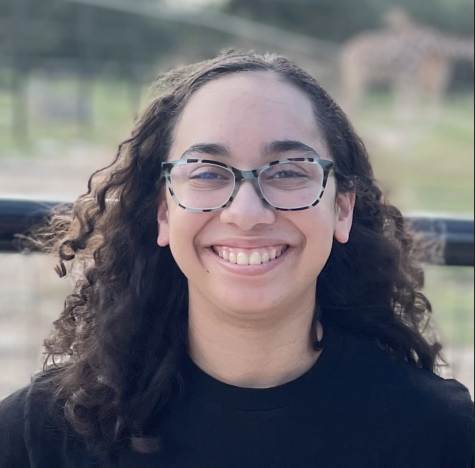
Hello everyone! My name is JoElle Coats and this is my 7th year and final year at iUniversity Prep. I am so excited to be able to help you...


